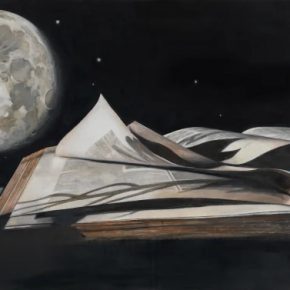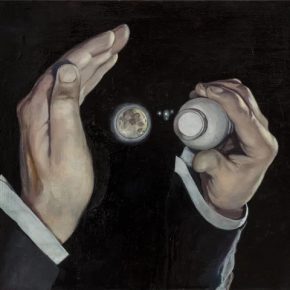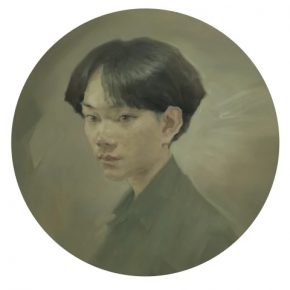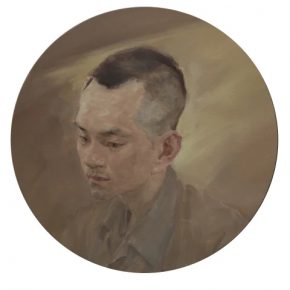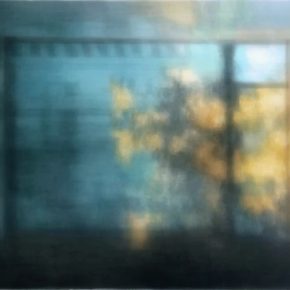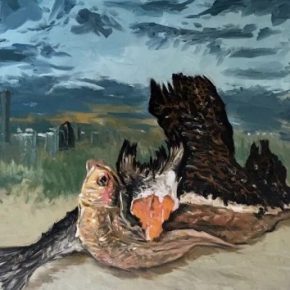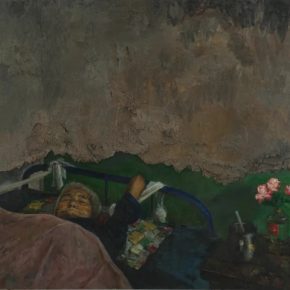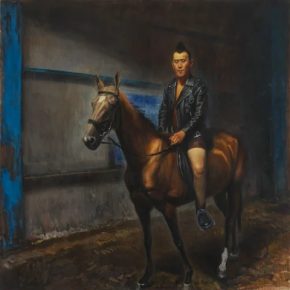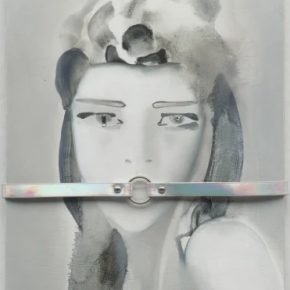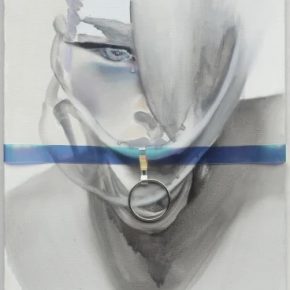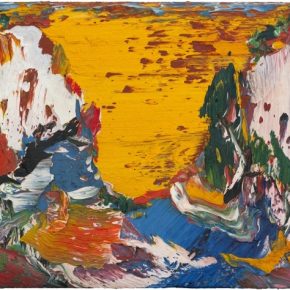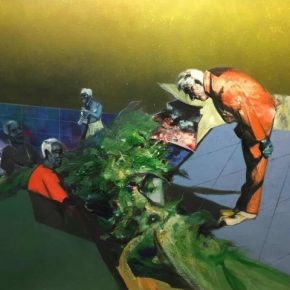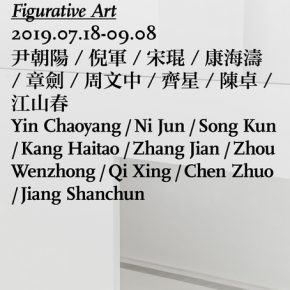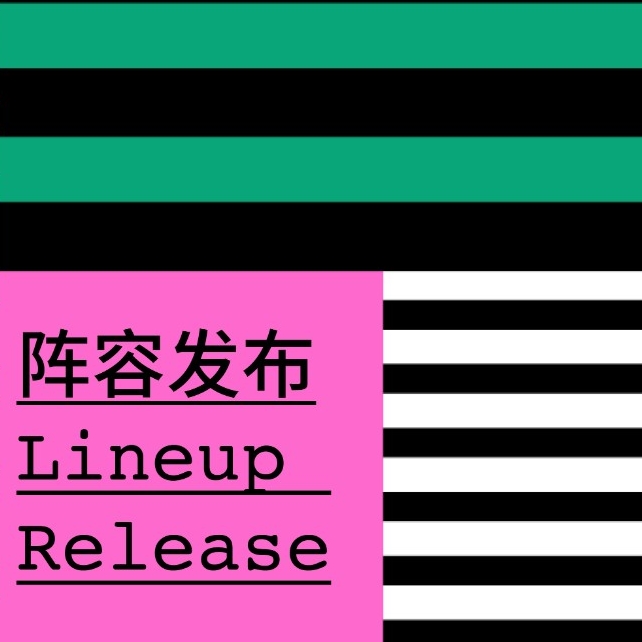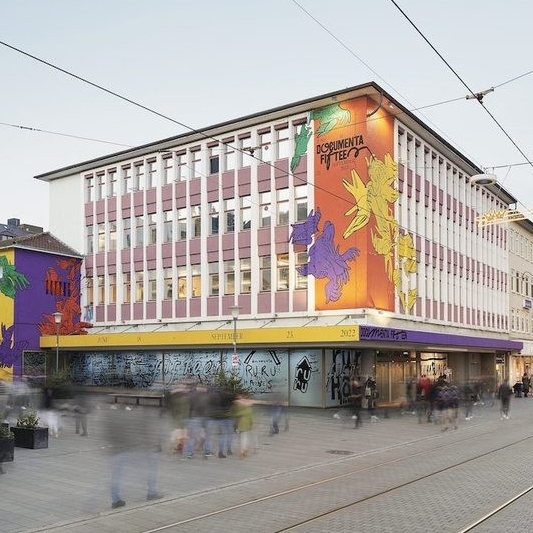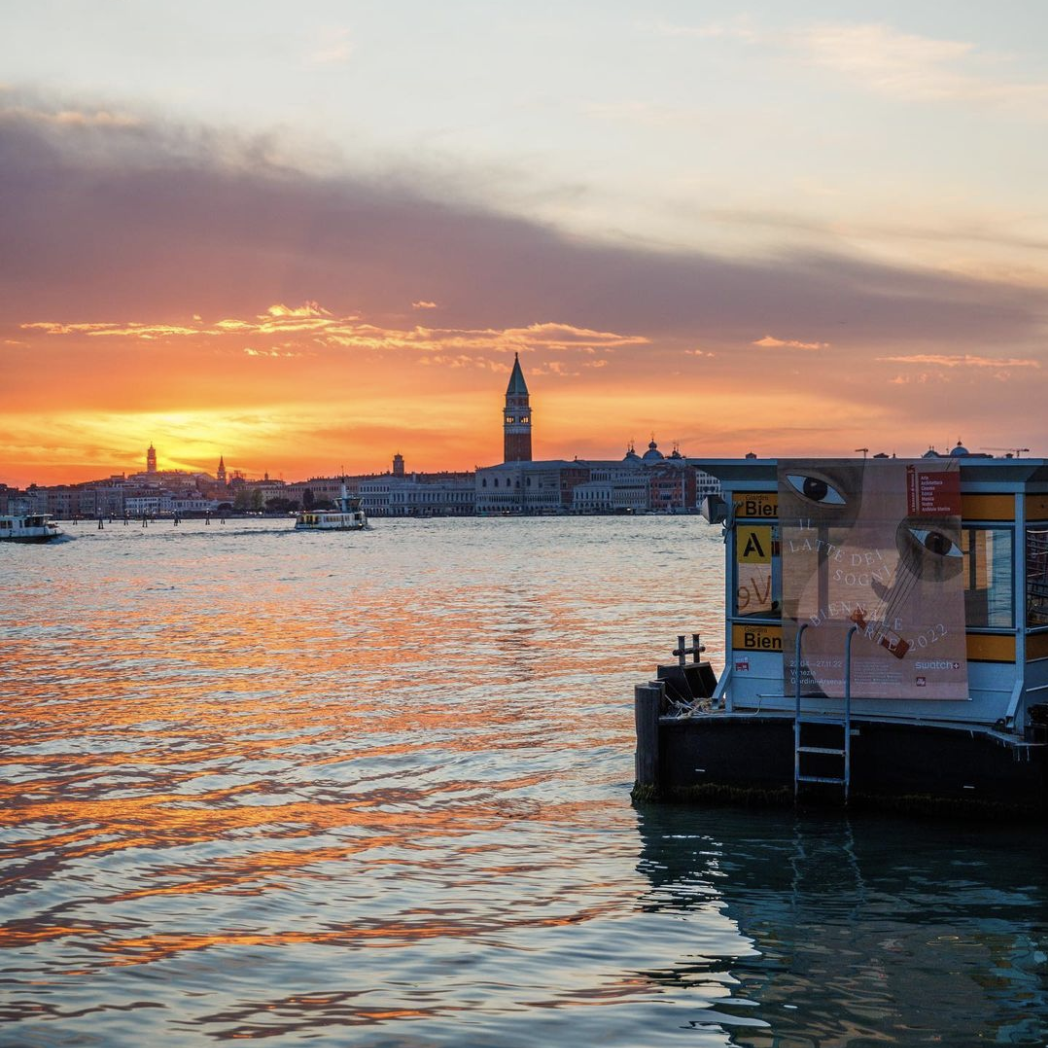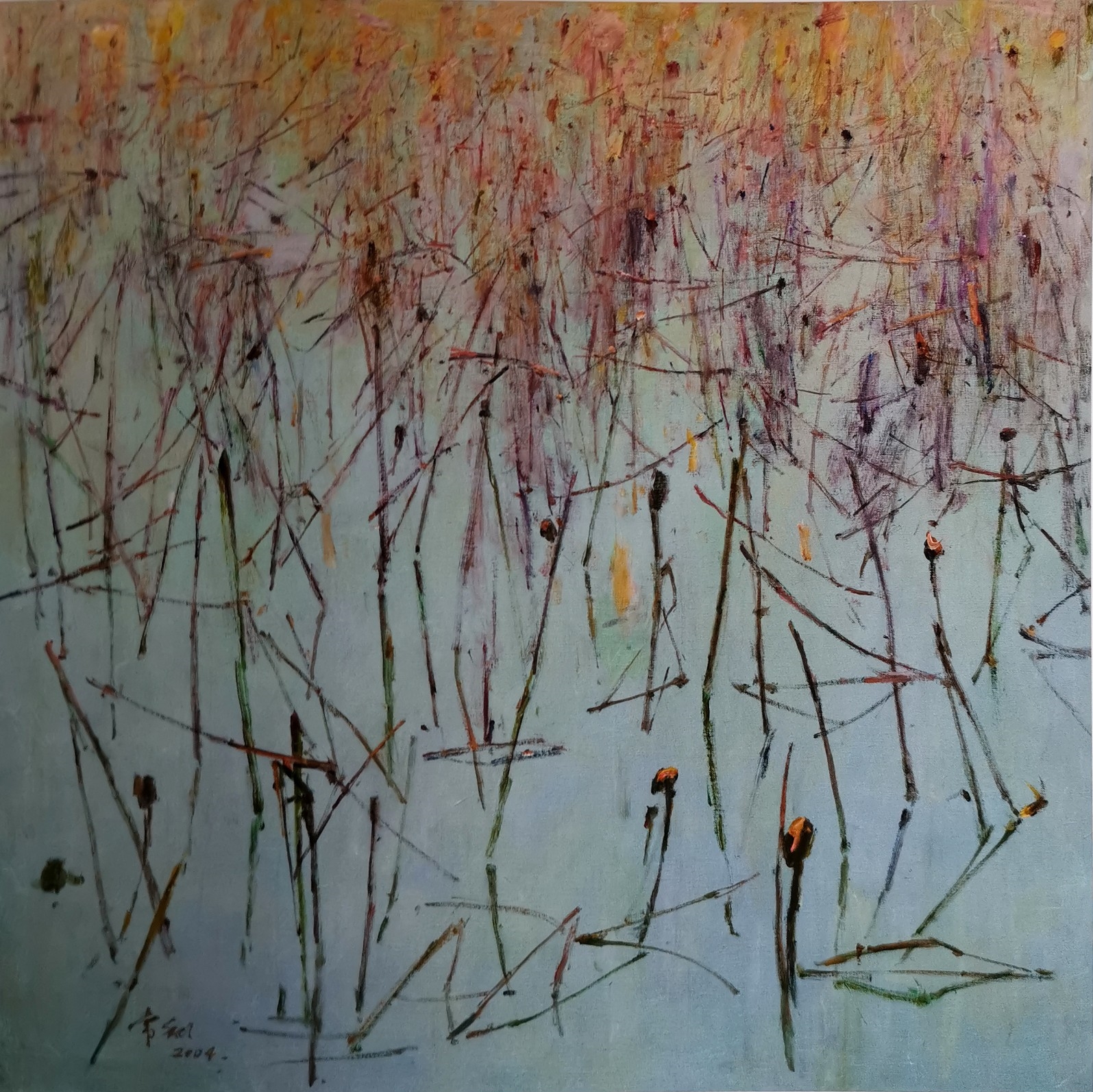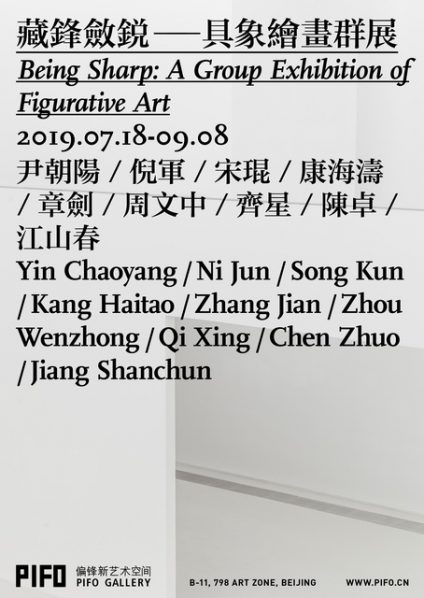
PIFO Gallery is now pleased to present Being Sharp: A Group Exhibition of Figurative Art. The modernity of Chinese art in the 20th century is precisely the reason for figurative art to locate itself in the mainstream of contemporary painting in China. After undergoing the maturing period of naturalism and realism intertwined, the figurative painting originated from traditional painting has been more international and more contemporary at the same time. From a perspective of raising questions, this exhibition brings together a variety of professionally trained artists including Yin Chaoyang, Ni Jun, Song Kun, Kang Haitao, Zhang Jian, Zhou Wenzhong, Qi Xing, Chen Zhuo and Jiang Shanchun. With a shared academic background of these individuals, the exhibition intends to further discuss the possibilities of figurative painting at present.
The “figurative art” simply remains a complex concept in the history of Chinese art, although it underwent a distinctive process different from the West. Not aiming to be opposed to “abstract art”, the creation of the concept was intended to distinguish itself from the contemporary art which has no longer focused on representation and figuration, also to distance itself from the socialist realism that is entangled with the legitimacy of a unitary style. In fact, Contemporary painting in China has existed and evolved in such a dilemma from the very beginning. In other words, the majority of artists would not immediately withdraw from their realist art and aesthetic education on one hand; they expect to find out more “international” artistic language and form on the basis of their education on the other hand. Therefore, figurative painting has turned a neutral practical path that respects the local artistic environment and social circumstances.
The “figurative” qualities of contemporary Chinese painting serve as a result of the “naturalism” being gradually separated from the “realism”. Like its Western counterparts, it is another negative and defensive concept applied to organize and deal with the “endgame” of the crises of radicalism. However, it suggests a sense of vigilance against the “international trends” and returning to its own artistic tradition over generations. In this regard, the concept itself doesn’t count so much, what really matters is how we handle the shared experience. We might start our discussion about the inevitable experience and history from “being figurative” if a more precisely adequate term cannot be coined for the time being.
This exhibition features artists of diverse styles and approaches. For instance, Yin Chaoyang, Kang Haitao and Zhang Jian connected the external landscape to the emotions and sentiments; they also transformed the realistic landscapes into a spiritual realm by joining and uniting the physical experiences in the process of painting. Based on his experience in the history of painting, Ni Jun incorporated his interest in en plein air in the 19th century into the real-life subject matters and spirituality. Song Kun and Chen Zhuo professionally applied the realist style and techniques to the symbolic figures and the relations between figures and images, leading to a transcendental spirituality. Zhou Wenzhong constructed an unrealistic space using identifiable figuration, turning the images into a field of performance and theatre. Qi Xing and Jiang Shanchun depicted the realistic situations in an exquisitely detailed manner, enabling the viewers to observe every unnatural detail thanks to their mastery of an extremely naturalistic vision and methodology. Even though their work and practice do not intend to become a trend or a role model, all of them suggest a sense of open-mindedness and recognition of both individual and collective experiences. This may be the very way of manifesting a true sense of contemporariness for the time being.
About the exhibition
Dates: JULY 18 - SEPTEMBER 8, 2019
Venue: PIFO Gallery
Artists: Yin Chaoyang, Ni Jun, Song Kun, Kang Haitao, Zhang Jian, Zhou Wenzhong, Qi Xing, Chen Zhuo, Jiang Shanchun
Courtesy of the artists and PIFO Gallery, for further information please visit https://pifo.cn.


